Witness the Stunning and Ephemeral Desierto Florido
Every five to seven years, Chile’s Atacama Desert shows its true colors.
Each week, Atlas Obscura is providing a new short excerpt from our upcoming book, Wild Life: An Explorer’s Guide to the World’s Living Wonders (September 17, 2024).
Most of the time, Chile’s Atacama Desert is gritty, cracked, and red. The desert gets less than 0.6 inch (1.5 cm) of rain per year, the equivalent of six or so hours of light drizzle. Sometimes it doesn’t get any at all. Generally, the only plants living here have lucked out with real estate, growing near one of the rare streams or groundwater reserves or along the fog-ribboned coast.
Other years, though, are just a little bit damper, juiced by El Niño, a weather pattern that increases rain in the Americas. With a few drops more water, trillions of seeds sleeping just under the sand begin to stir. They send up shoots, which grow leaves and buds. Eventually, whole swaths of the desert let loose, unfolding in yellow, pink, orange, and purple, the colors sweeping across the desert like watercolors, and the petals more numerous than the stars above.
Chileans call this phenomenon desierto florido, or “blooming desert.” The “unusual and explosive” onrush of vegetation, as scientist Andres Moreira-Muñoz and his colleagues have described it, begets a whole accelerated ecosystem, with insects and small rodents rushing to take advantage of the sudden and colorful feast. Botanists, ecologists, and camera-toting tourists aren’t far behind.

In 2019, Moreira-Muñoz and his team reviewed satellite imagery of the region to make a timeline of blooms in the Atacama and get a sense of their extension, duration, and intensity. They counted 13 desiertos floridos between 1981 and 2015, with an average duration of nearly six months. The largest, in 2011, stretched 4,300 square miles (11,000 sq km)—roughly the size of Hawai‘i’s Big Island.
They also found that sites are shifting to where they haven’t been before, likely due to regional changes in climate. Climate change overall looms as a threat to wildflowers across the world, with other stressors like development, agriculture, land clearing, invasive species, and mining also contributing to habitat loss.
For this reason, many groups “have wanted to declare a ‘blooming desert’ protected area” in the Atacama, says Moreira-Muñoz, “but it’s like trying to put a fence around a phantom.” At the end of a desierto florido, the flower seeds drop back into the underground bank and return to their slumber, until the next marginally muggy year draws them back out.
- Range: Southwestern areas of the Atacama Desert, in Chile
- Major species: Pata de guanaco (Cistanthe grandiflora), garra de león (Bomarea ovallei), añañuca (Rhodophiala rhodolirion), and many more
- How to see them: The Atacama’s desierto florido tends to occur between September and November in years when rainfall has been (relatively) high. One popular vantage point is near the small city of Copiapó in northern Chile.
Wild Life: An Explorer’s Guide to the World’s Living Wonders celebrates hundreds of surprising animals, plants, fungi, microbes, and more, as well as the people around the world who have dedicated their lives to understanding them. Pre-order your copy today!
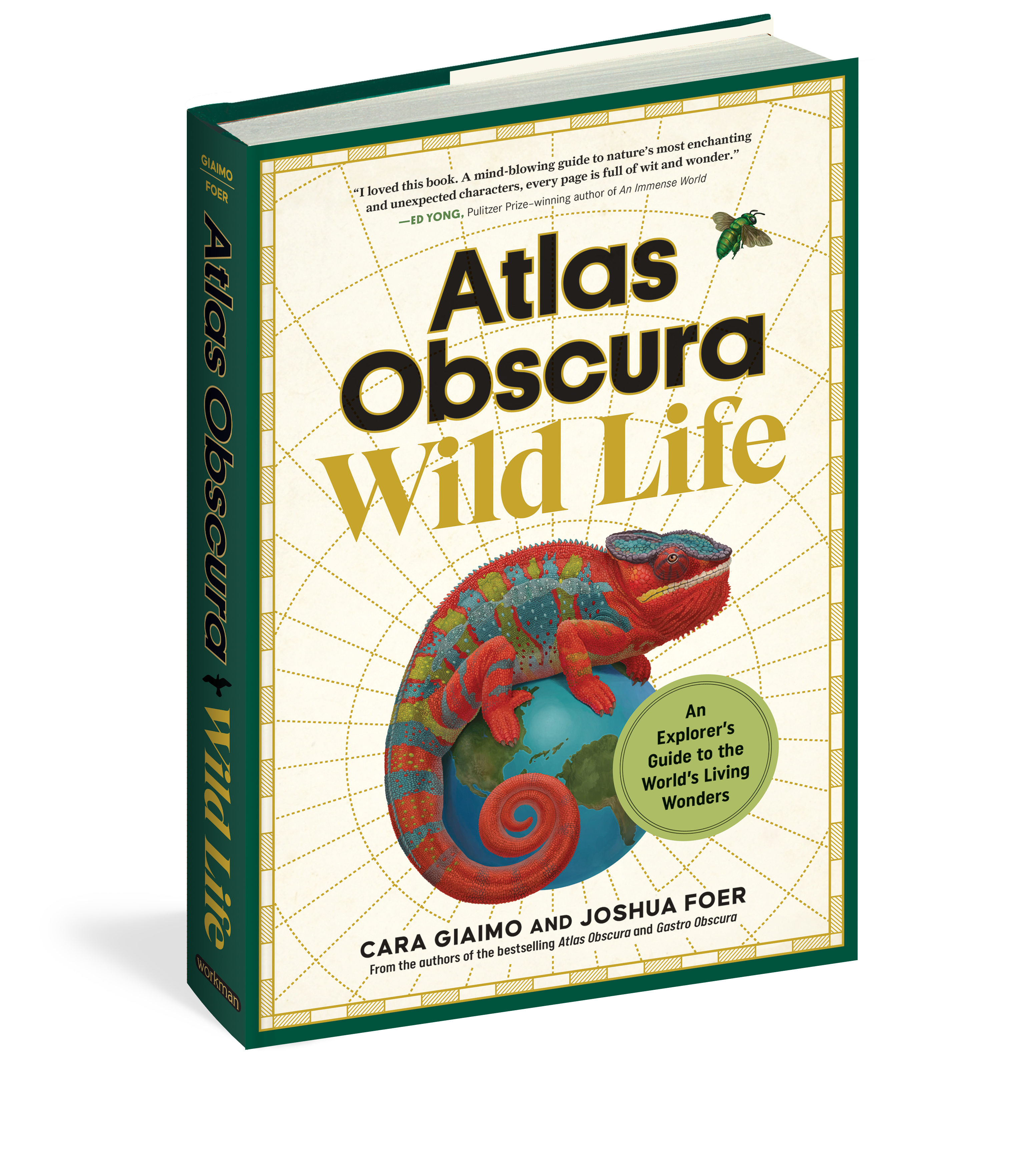
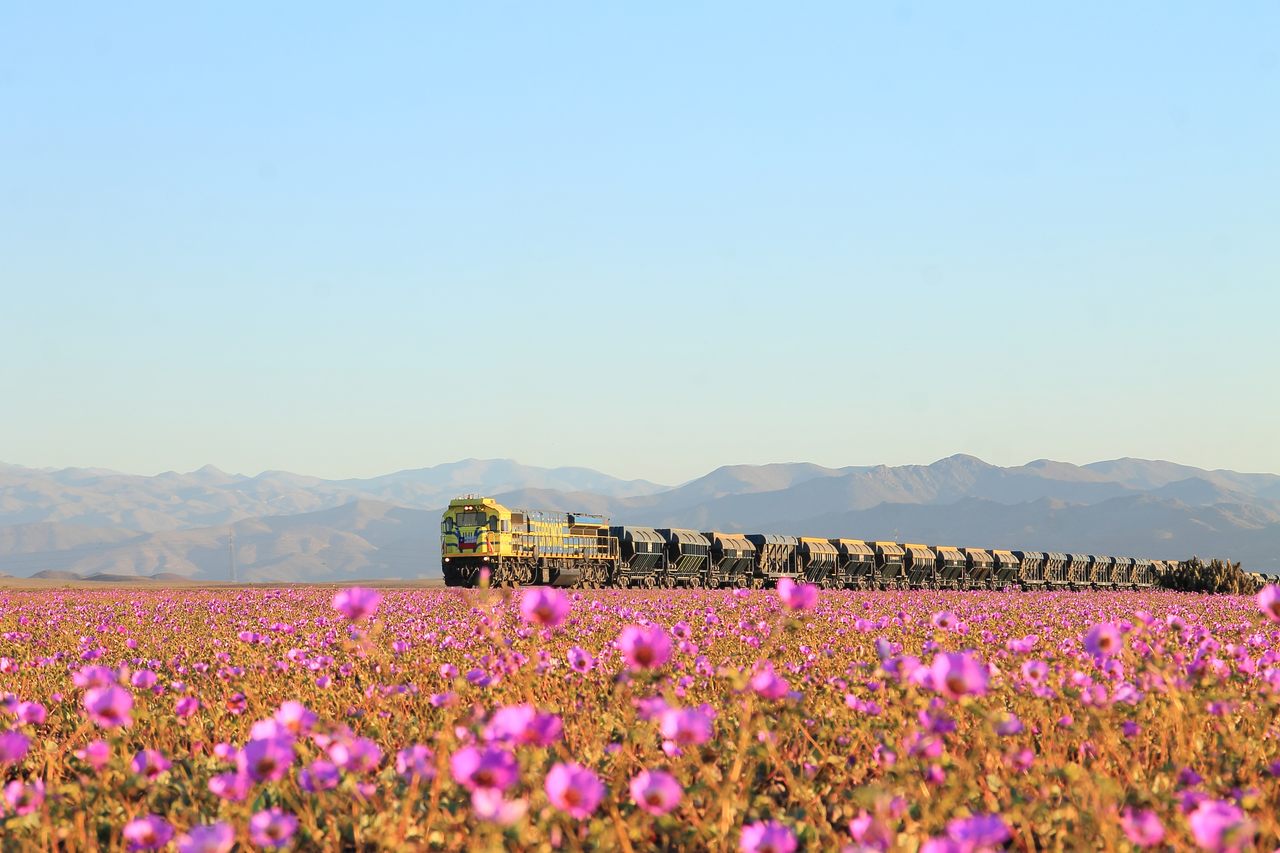
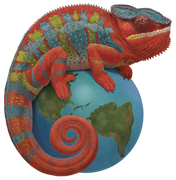
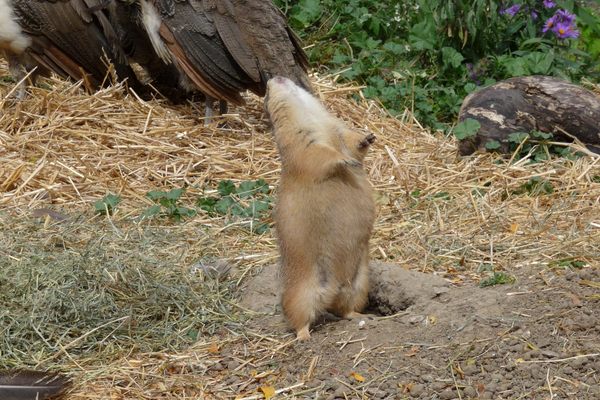


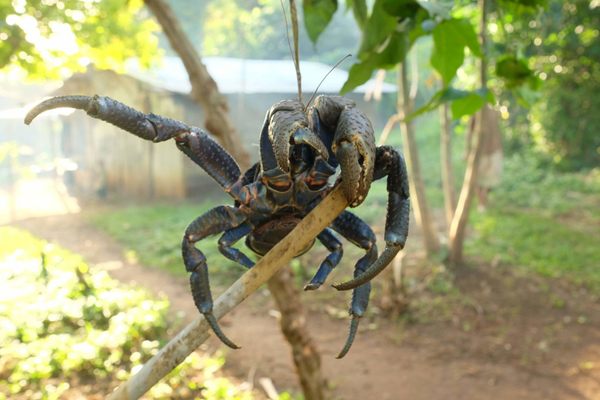
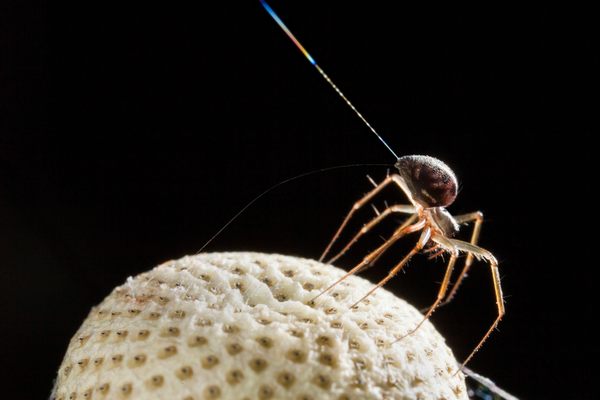


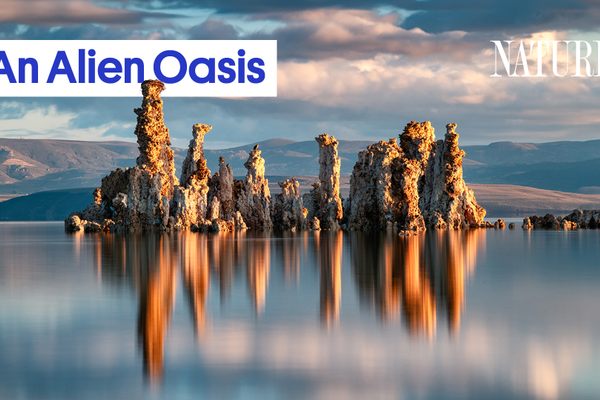
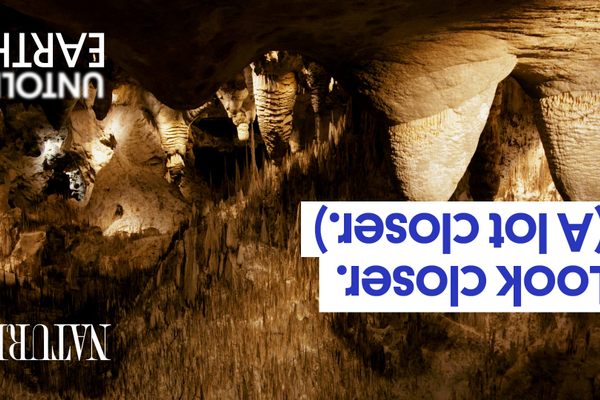





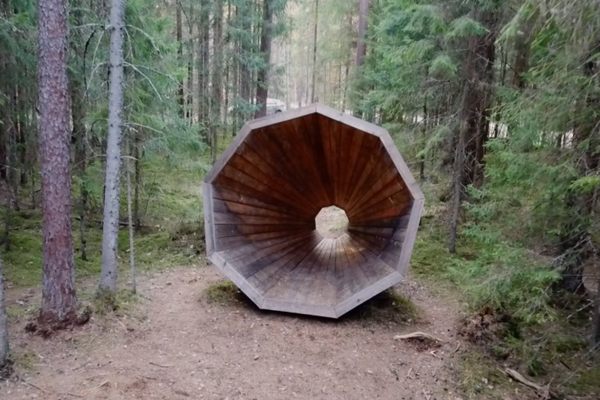



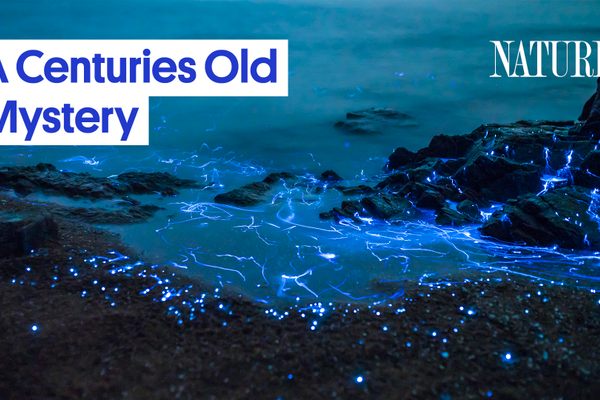
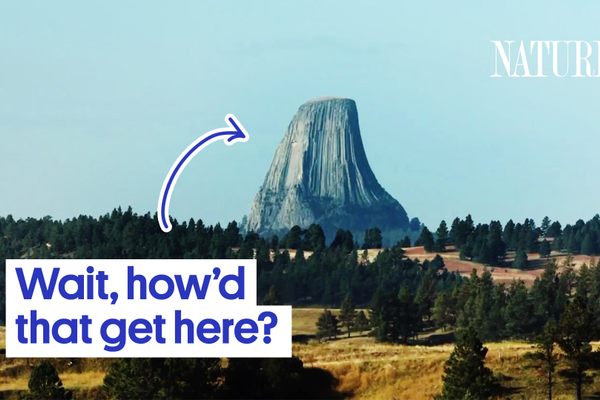




Follow us on Twitter to get the latest on the world's hidden wonders.
Like us on Facebook to get the latest on the world's hidden wonders.
Follow us on Twitter Like us on Facebook